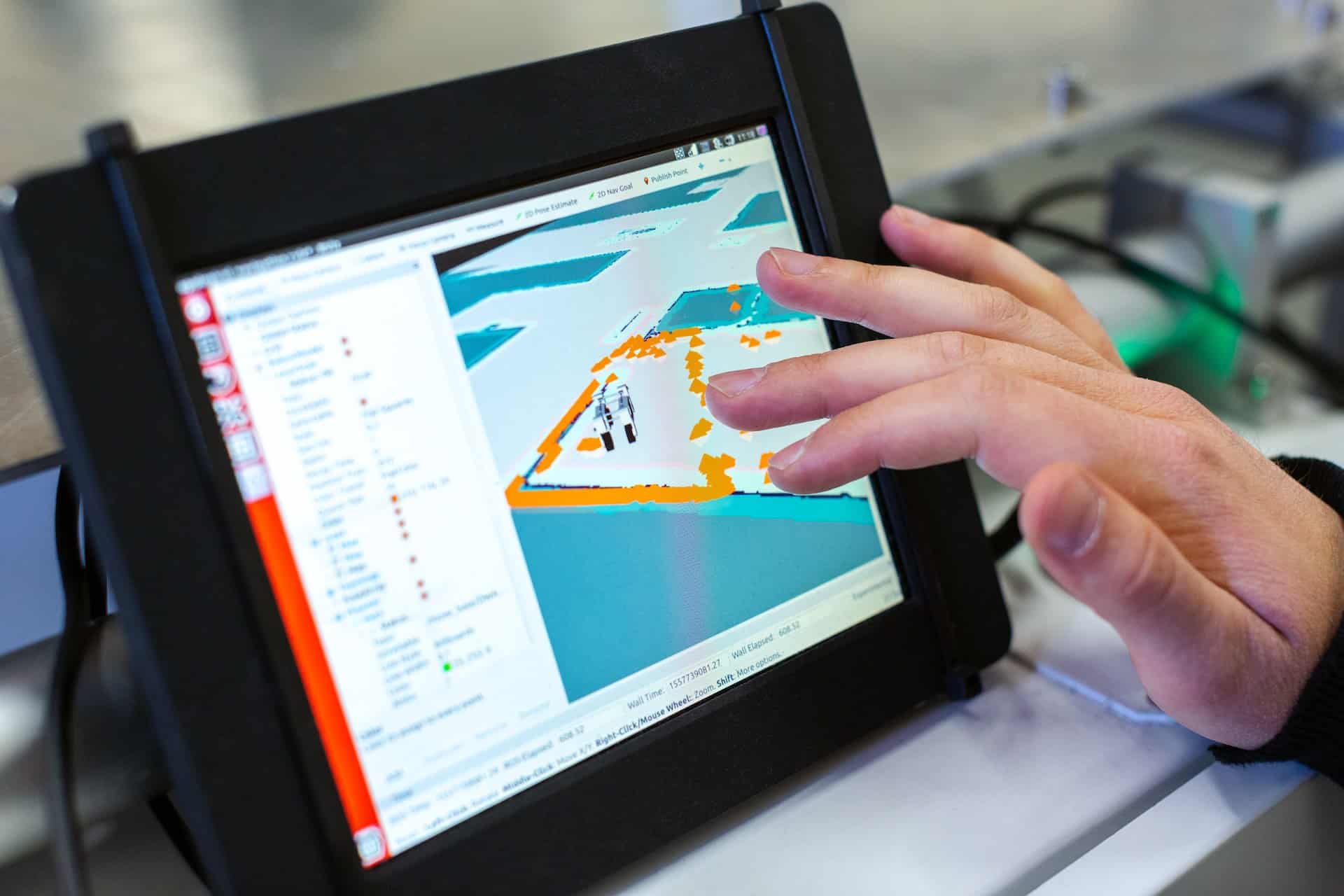



Revolutionized is reader-supported. When you buy through links on our site, we may earn an affiliate commision. Learn more here.
When many of us are young, we dream of nothing more than operating heavy machinery and moving tons of earth around. There’s a lot about the nature of construction sites that will never change, including the size of the vehicles. However, many of the other tools have been refined and changed over the years. New construction technology will always find a way to disrupt this most ancient of industries. From data-gathering connected technologies to major developments in material sciences and fabrication techniques, the marriage of technology and construction keeps paying big dividends. Here’s a glimpse of where construction sites of the future are headed.
Concrete is already an extremely impressive material. The reason the pyramids are still standing in Egypt, some scientists claim, is because they were made from a kind of proto-concrete. Depending on the formula and maintenance performed on the structure, concrete can last a very long time indeed. What if it could repair itself and last even longer?
That’s the idea behind several concrete-focused new construction technologies currently under development. One, from the University of Rhode Island, would see construction sites of the future use concrete mixed with sodium silicate. As voids form in the material, the capsules of sodium silicate break and then expand to fill the gap. Another solution would use calcite-excreting bacteria to achieve a similar self-healing effect.
No matter which solution wins the battle for cost-effectiveness, construction sites of the future are certain to reap the rewards. So will the planet, incidentally: Producing concrete represents 5% of all carbon dioxide emissions. Doing so less often for maintenance or rebuilding purposes will reduce that number considerably.
There’s no question that 3D printing is a fully mainstream practice on shop floors and in family workshops all over the world. Additive manufacturing isn’t just for making kids’ toys and spare parts, though — it’s about to become a major presence on lots of construction sites.
One Dutch company is using XL 3D printers to print whole rooms using modular, interlocking components. The result is a selection of large architectural and structural features. Floors and walls are constructed in controlled environments and then assembled easily on-site. From the exterior, the house looks charming but otherwise nondescript, meaning you’d never guess at its unorthodox construction.
Major public and private infrastructure projects represent another unique set of challenges that 3D printing can help address. One implementation, developed in China, would scale 3D printers larger to build homes layer by layer from concrete and recycled construction waste. Best of all, the homes are durable, cheap and incredibly economical to make: the equivalent of $5,000 USD each, with the potential to get off the ground at a rate of 10 homes per day.
Fans of “Star Trek” will recognize this concept from one of the franchise’s most entertaining chapters. However, transparent aluminum isn’t a sci-fi invention. In fact, it’s already being used by the military under names like optical ceramic and AlON — the chemical formula for aluminum oxynitride. In military applications, AlON handily outperforms other antiballistic materials.
This material isn’t glass or metal — and it’s technically not aluminum, either. It does have implications for construction sites, though. Compared with ballistic glass and other products, AlON is more expensive. However, it’s also more scratch-resistant and better able to withstand extreme impacts. As the benefits become more widely known and demand brings the price down, we can expect lots of contractors to receive requests from clients in this hyper-safety-conscious world for the most protective materials available. Before too much longer, that search will bring interested parties to transparent aluminum.
As drones took off in consumer and industrial markets, the Federal Aviation Administration in the U.S. eventually had to render judgment on their use in construction zones. Ever since the FAA’s decision in 2016, drones have been welcome on construction sites. What uses have companies found so far for putting drones to work?
Some drones provide construction and maintenance crews with eyes and ears in the field for inspecting dangerous, complex or out-of-the-way machinery or structures without putting people at risk unnecessarily. Other uses for drones include overhead surveys of building foundations, pipelines, roads and many different types of projects. From rendering the landscape for use in 3D applications to verifying measurements and obstacles and even providing airborne security for high-risk jobsites, drones are about to become an even more familiar presence among construction crews.
Among new construction technology, there’s nothing more cutting-edge than artificial intelligence. Among other things, AI can monitor the health of entire vehicles and machines, as well as individual components, to bring attention to maintenance issues before serious equipment failure.
Project management tools with machine learning give site managers a top-down view of every process and material. They can better understand where bottlenecks are happening, apply and study design changes to project models in simulated environments before bringing them to the jobsite, and much more.
There are lots of other developments underway in the construction industry, too. For instance, while we’ve covered drones here, they’re just the start of the ways robotics is disrupting this field.
Breakthroughs in new construction technology are more important today than ever, given the urgency of choosing materials and designs for their longevity and sustainability. Using tech to work more effectively and accessing data to cut waste from our processes and plans helps streamline operations. It’ll be interesting to see what else the future holds.
Revolutionized is reader-supported. When you buy through links on our site, we may earn an affiliate commision. Learn more here.


This site uses Akismet to reduce spam. Learn how your comment data is processed.